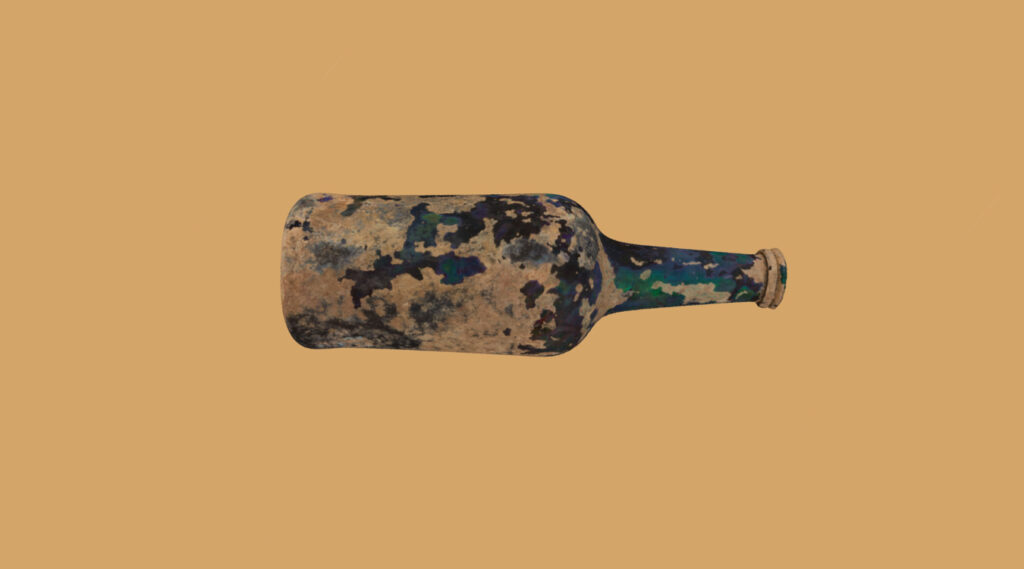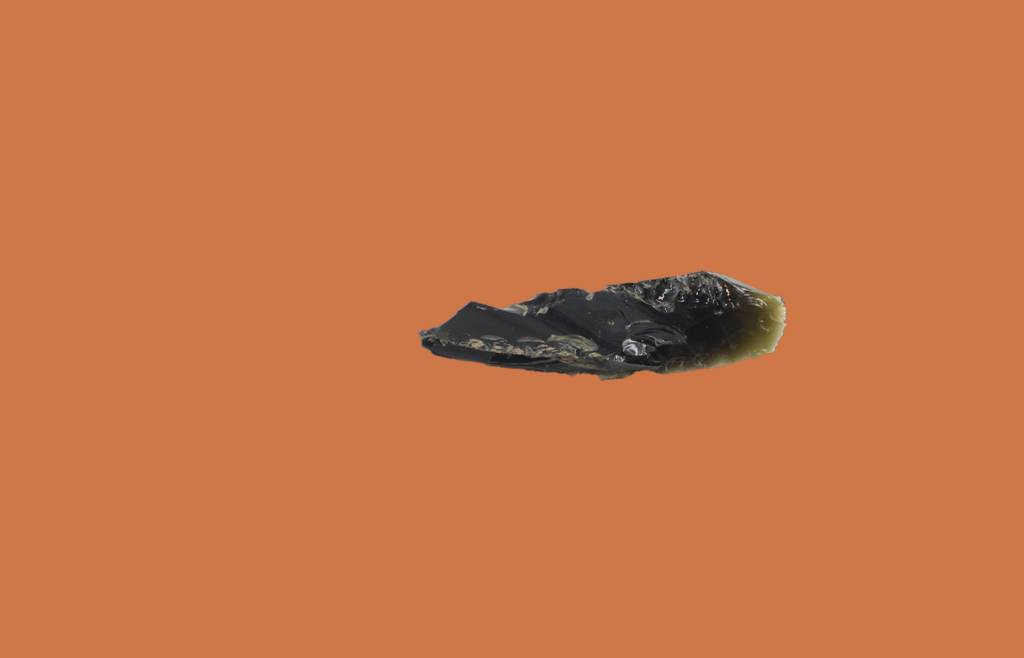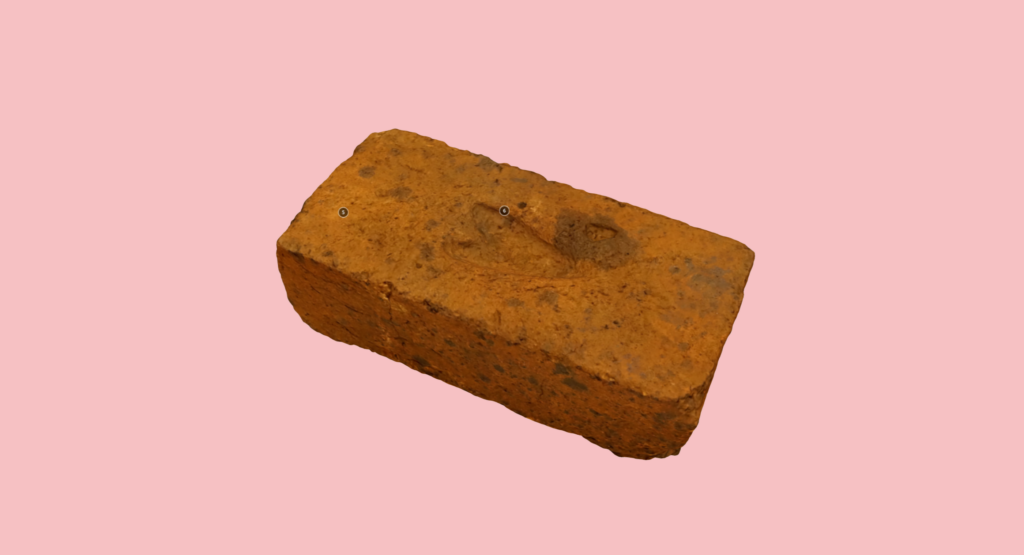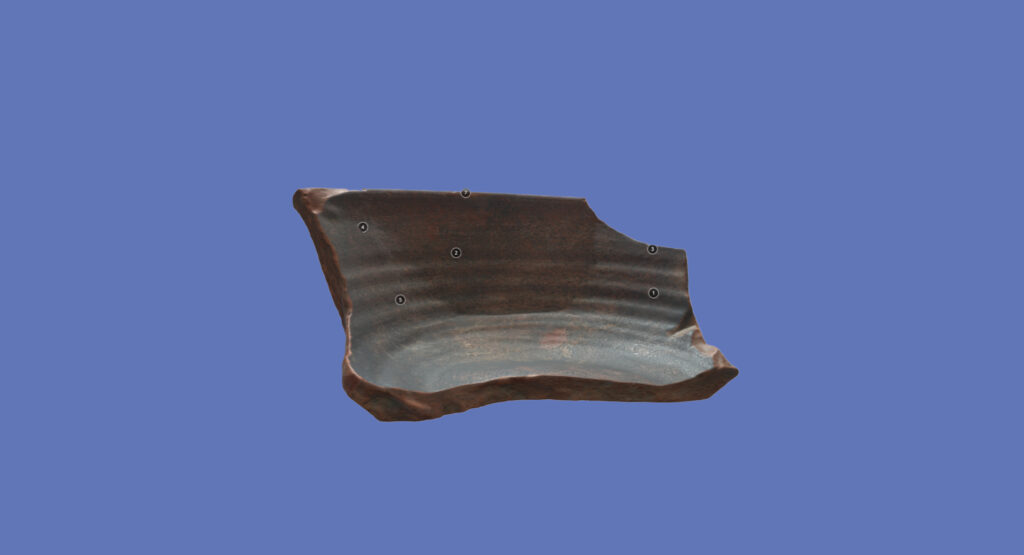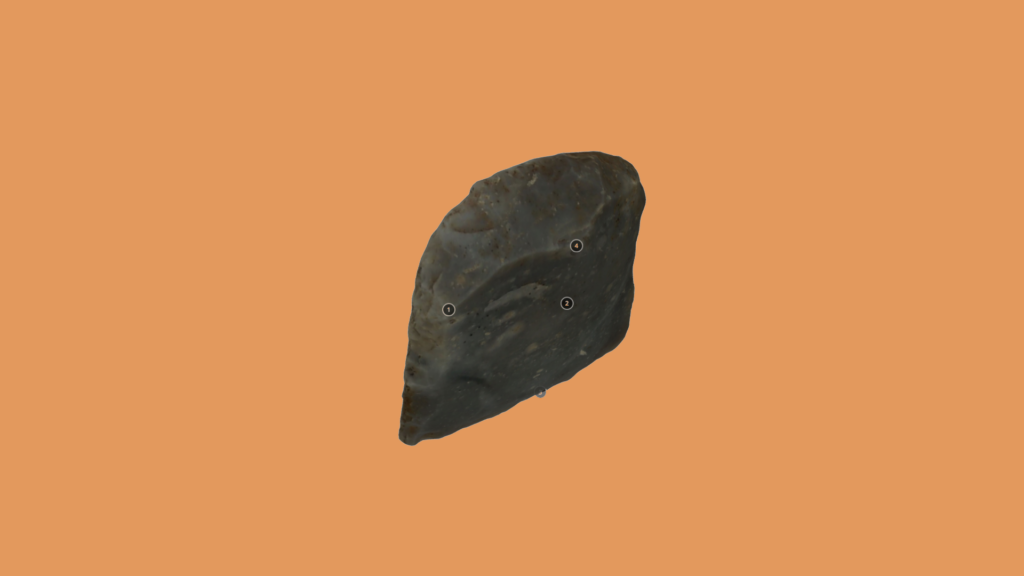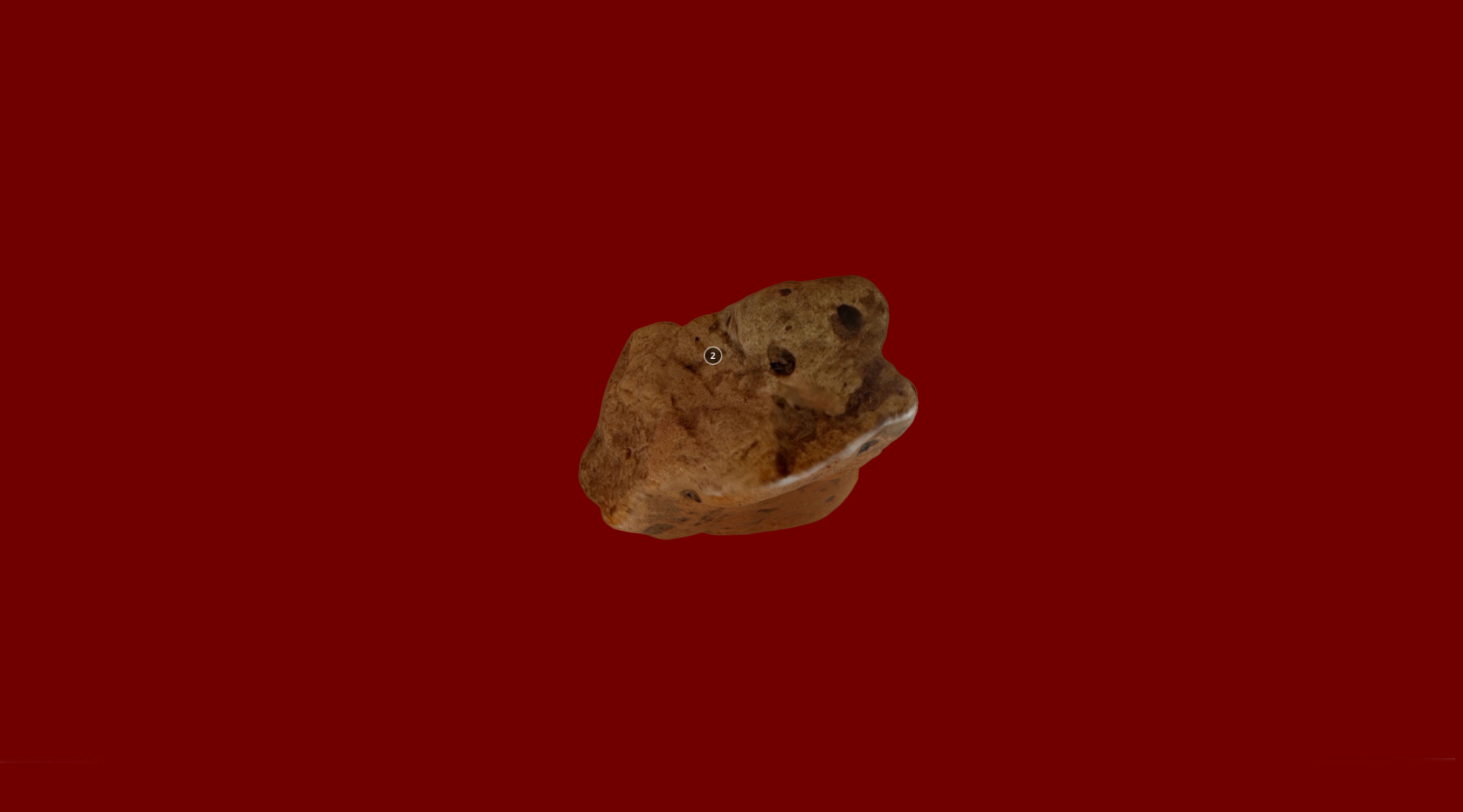
Hot stuff!
As part of National Archaeology Week, GML's team of archaeologists are sharing some of the First Nations and historical artefacts that they have uncovered in the field.
Clay Ball – late Holocene
These small unassuming lumps of clay, found at sites across eastern Australia, are carefully made clay balls which were used by First Nations Peoples to control the temperature of fires for cooking and the preparation of ochres in underground ovens.
To make a clay ball, a source of suitable damp clay was needed to hand shape into a small round ball. The ball would then be dried and kept out of the sun and rain. Once the ball was dry it needed to be tempered in a low heat fire (a hot fire would cause the ball to shatter). Only then could it be used in an oven.
First Nations peoples had knowledge of different soils and the way that clay can retain heat to make these clay balls. They were manufactured on large scales and transported between sites. Ovens would have been used repeatedly, with the clay balls being collected after cooling. We don’t know how long each clay ball would have lasted or how many times they could have been used in an oven.
Oral histories and archaeological evidence show us that clay balls were placed in shallow pits with soil packed back around them, and that they were used to cook meat or out of season plants.
The more complex ovens were made by digging a shallow hollow in the ground, where a fire was lit at the base and then a second fire next to the oven, with the clay balls placed amongst the flames to hold the intense heat.
After an hour or two of cooking, a hole was poked into the oven mound and some water poured in to steam the food. The oven was then opened at one end to remove the cooked food for eating.
Most of the clay balls that archaeologists have found date from the late Holocene (about 1,500 years ago to invasion).
Scroll over the 3D image below and click on the annotations to explore more of the technical features that archaeologists use to identify artefacts like this one.
Stay tuned for more artefacts revealed every day this week!
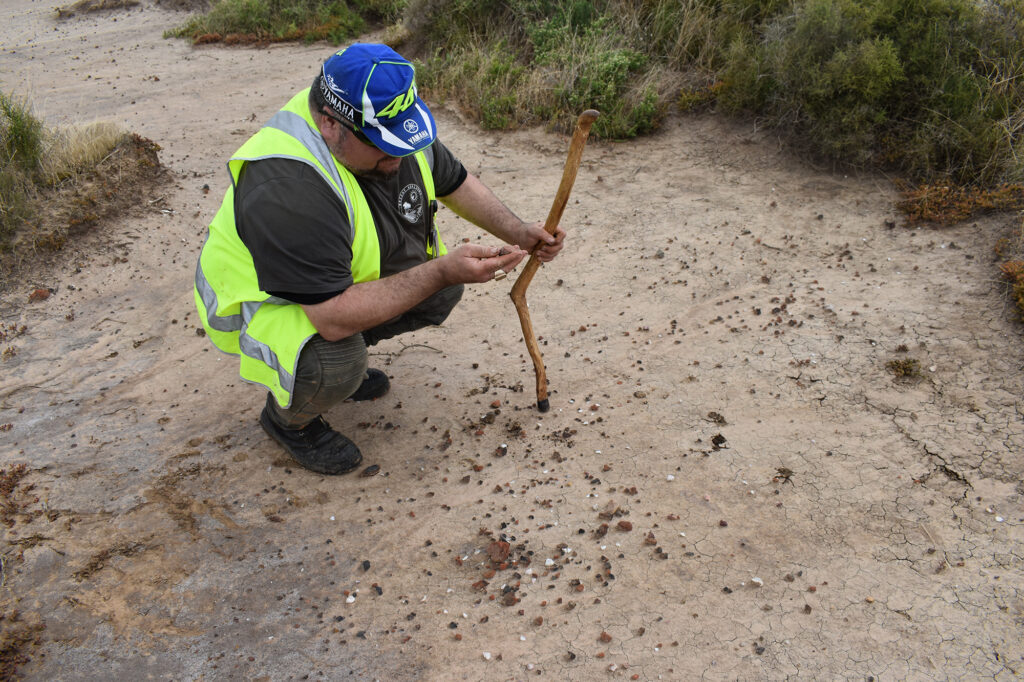
Kaurna cultural officer, Timothy Williams, inspects a deflating hearth, with clay heating balls. Location: Thompsons Creek, Adelaide, SA.
